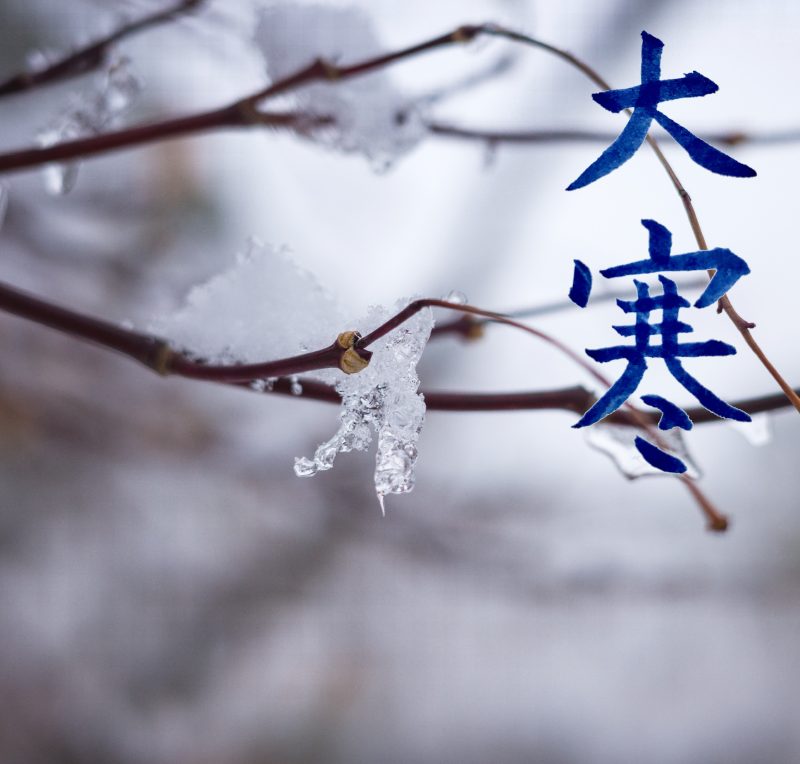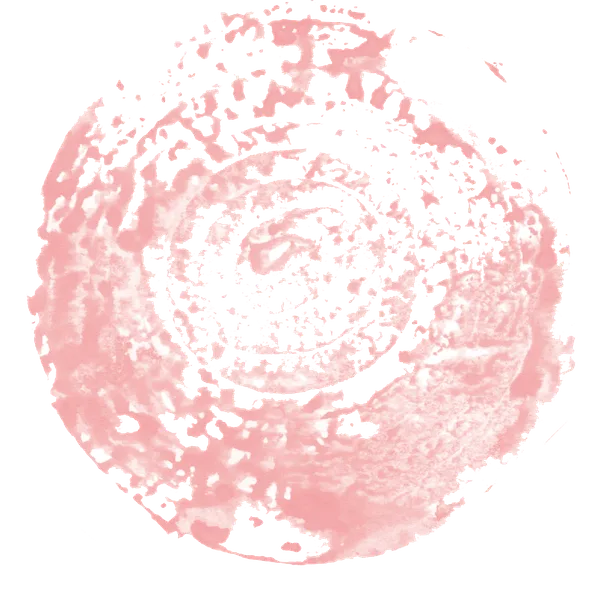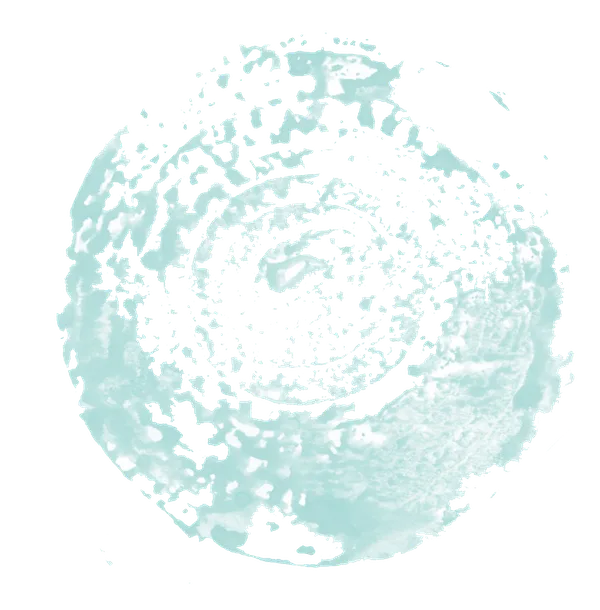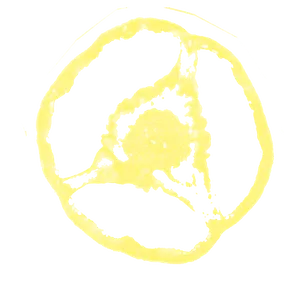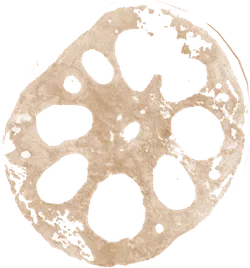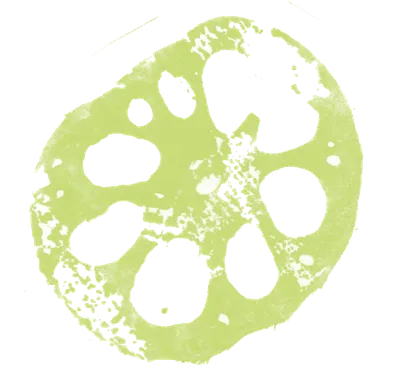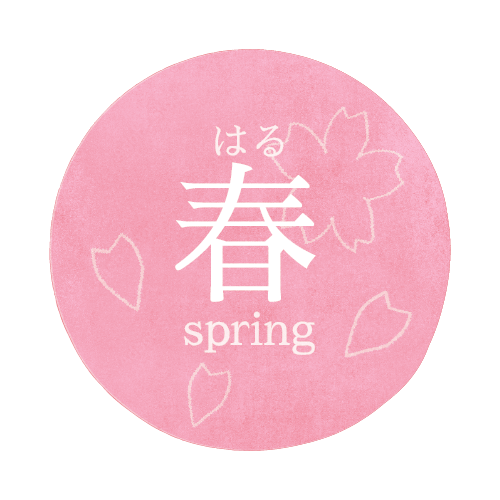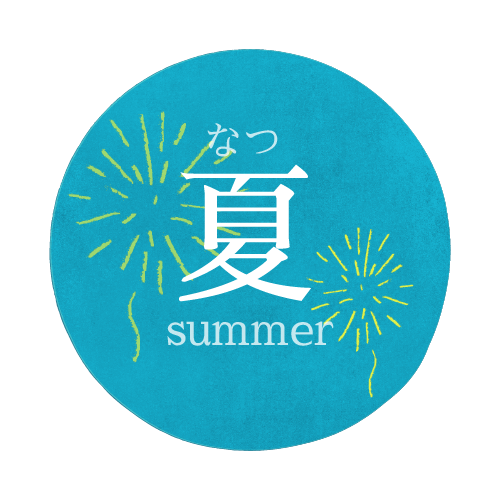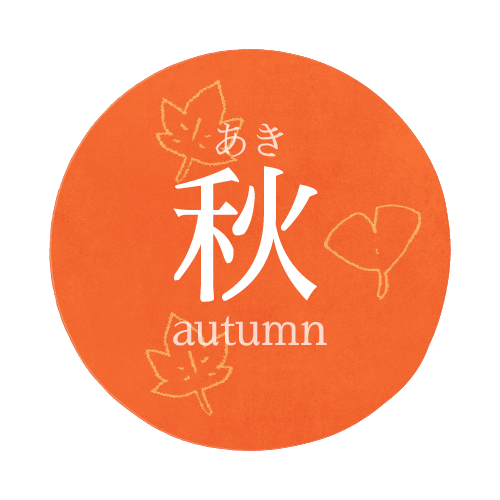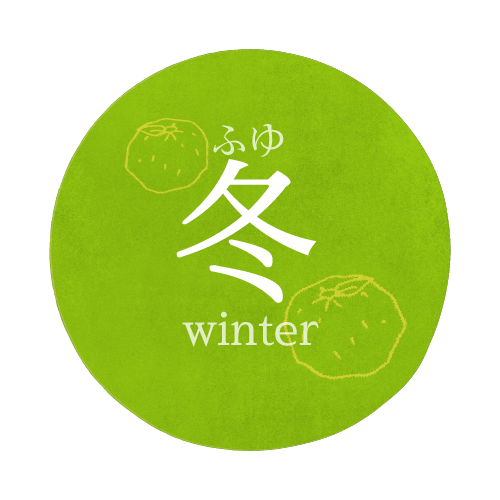
What is the The twenty-four solar terms?
In Japan, where we live, there are four beautiful seasons: spring, summer, autumn, and winter.
Not only does the temperature change with each season, but also the vegetables that grow, the flowers that bloom, and the animals that become more active vary. There are also many traditional Japanese events related to each season.
The twenty-four solar terms divide the year into four seasons: spring, summer, autumn, and winter, and each of these is further divided into six parts, marking the seasonal changes approximately every half month.
This detailed indication of seasonal changes has been highly valued in agriculture, which is always affected by the weather, as a guide for farming activities.

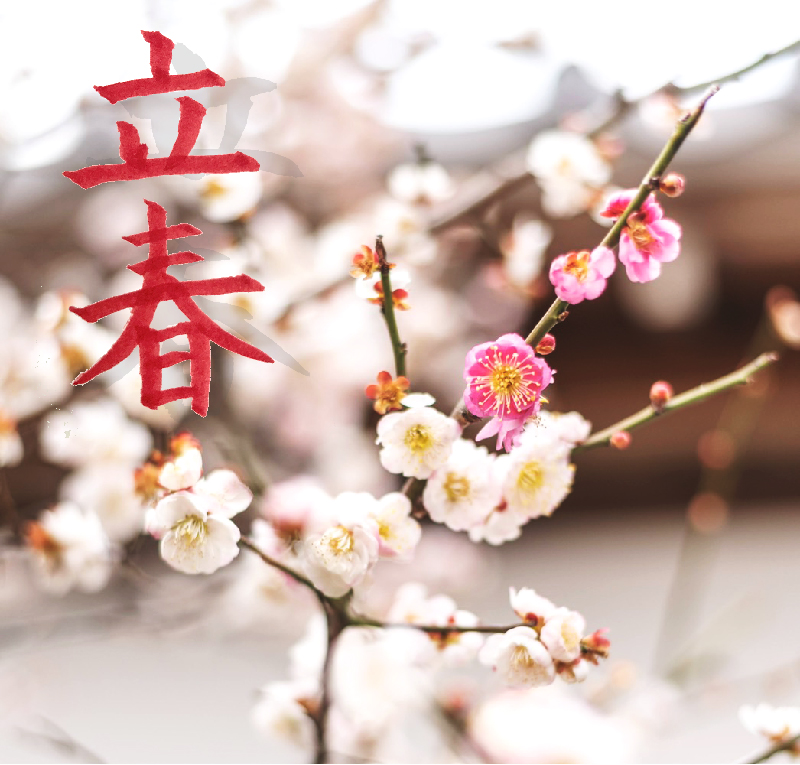
According to the calendar, it is already spring. In the lunar calendar, it also marks the beginning of the year.
Setsubun in February is the day before Risshun, the start of spring, making it a seasonal milestone and also marking the start of a new year. It is said that the change from winter to spring is a time when evil spirits can easily enter, leading to the custom of driving away demons.
Although it still feels very cold, you can gradually start to feel the onset of spring more and more. One sign of this is that the days have been getting slightly longer since the winter solstice.
The snow that had been falling turns to rain, and the ice melts, marking the season of thawing. The water from the thawed snow moistens the fields and has traditionally been seen as a sign to start preparing for farming. In the north, the cold continues for a while, but days when you can feel the warmth of the spring sunshine gradually increase, and the first spring storm, known as “Haru Ichiban,” also occurs around this time. This is also when plum blossoms reach their peak viewing period. Originally, “flower viewing” referred to appreciating plum blossoms, a flower dearly loved by the Japanese.
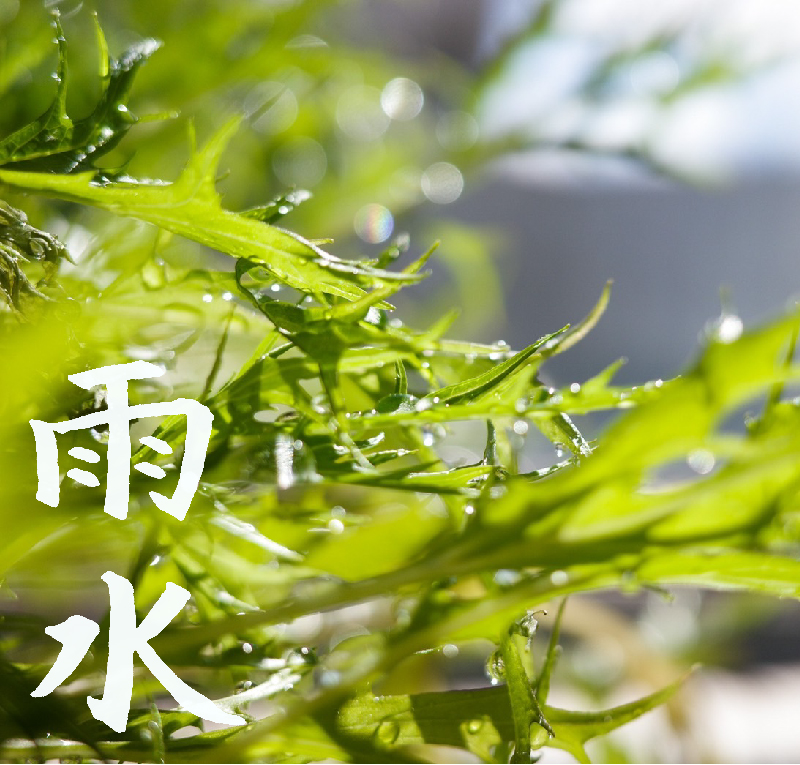
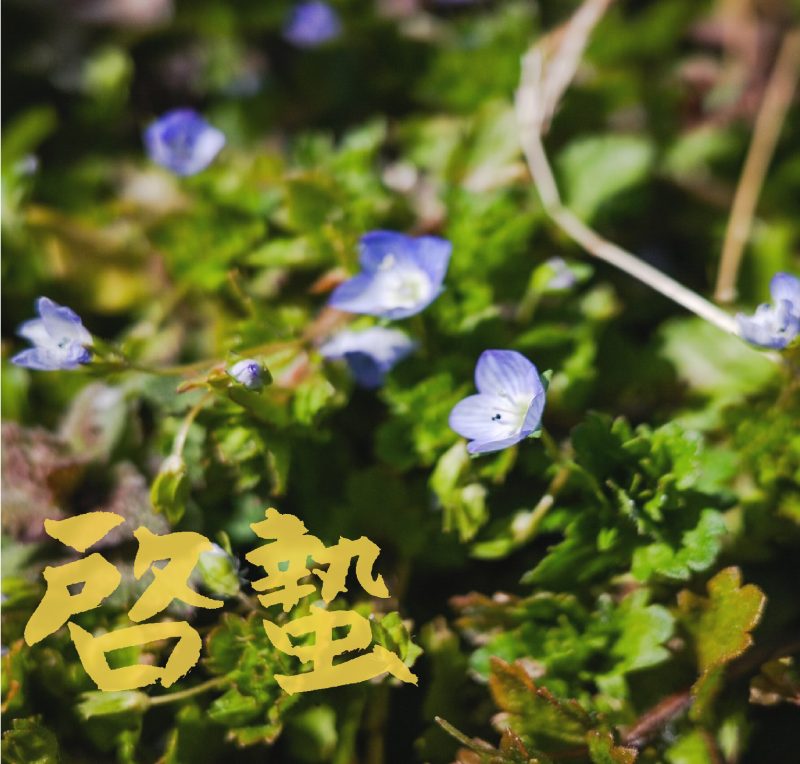
As the warmth of spring arrives, insects that were dormant during the winter start to become active. The snow covering the ground melts, sunlight reaches the soil itself, and the inside of nests becomes warm. This warmth awakens insects and animals that were hibernating, sensing the arrival of spring. March and April are also months with a lot of rain. This period is known as “Nanohana Tsuyu,” the season that brings rain which causes various flowers, including rapeseed blossoms, to flower. In the more detailed seventy-two microseasons of the twenty-four solar terms, this time is called “The Peach Blossoms Begin to Smile.” In ancient times, the blooming of flowers was poetically described as “smiling.”
The day when day and night are of equal length is known as the Spring Equinox. It is the day when the sun rises due east and sets due west. The Spring Equinox is considered a day to honor nature and cherish living beings. Around this time, it is common to begin full-scale farming activities, using it as a guideline. Moreover, the day of the Spring Equinox is the central day of “Ohigan,” a tradition that includes visiting ancestors’ graves and performing memorial services, embodying gratitude towards one’s ancestors. Thus, the Spring Equinox holds special significance for these reasons.
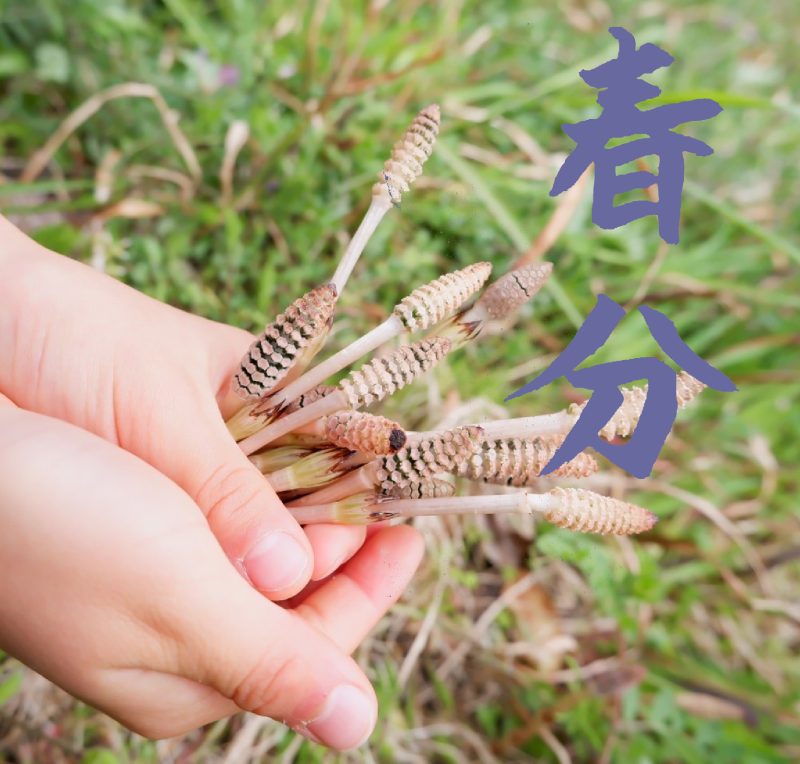
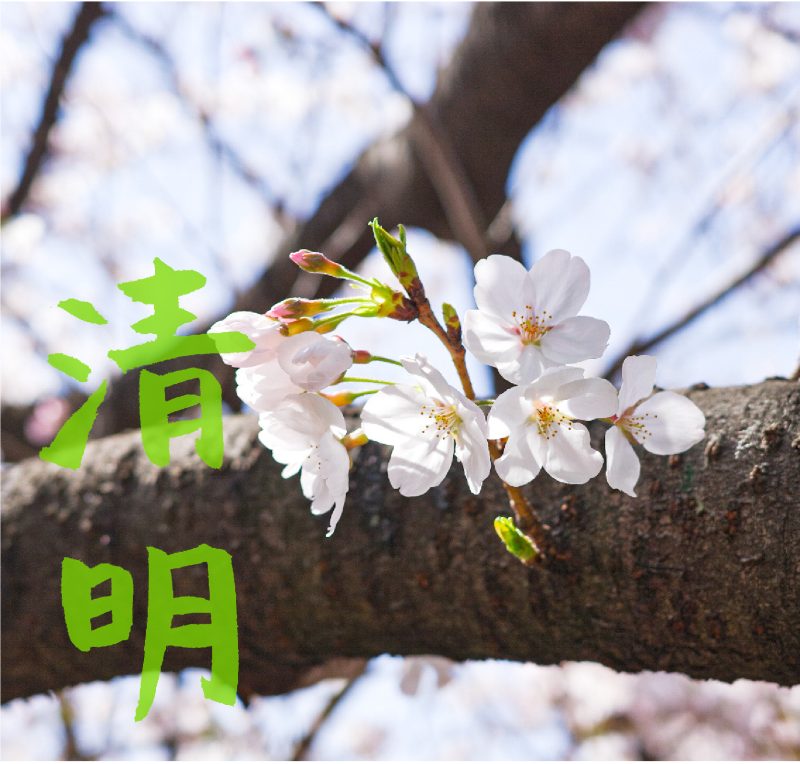
“It means ‘everything is bright, clean, and lively.'” During the time of Seimei (Qingming), a wind known as the “Seimei Wind” blows. This is a comfortable breeze from the southeast, signaling the end of winter and the arrival of spring. The rain that falls during this period is also called “Hakka Rain,” “Peach Blossom Rain,” or “Apricot Flower Rain.” It is a gentle, quiet rain, named because the rain falling on peach blossoms appears to spark fires. Flowers bloom, and with the soft breeze, swallows begin to be seen.
Kokuu (Grain Rain) is the time when the rain of blessing pours down on the ground, moistening the fields. It has been considered a guideline for preparing to plant rice. The feeling of cold diminishes, and there are many more comfortable days. Towards the end of Kokuu, the “Eighty-Eighth Night” arrives. It is the day that falls on the 88th day after Risshun (the start of spring) and marks the season for new tea, as mentioned in the song about tea picking.
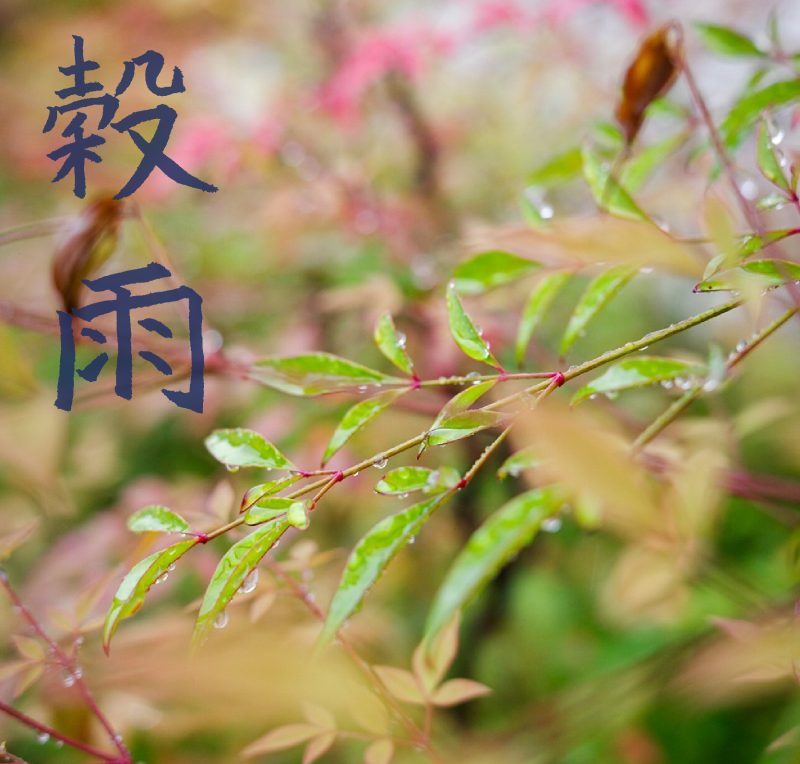

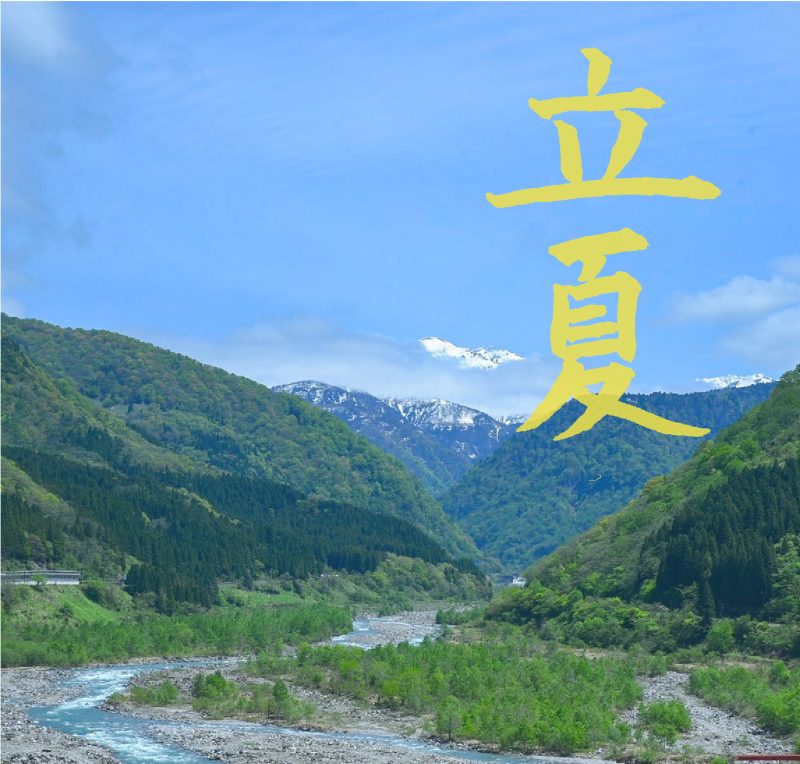
Wrapped in warmth and feeling the approach of summer, it’s a time when breezes through the fresh greenery make for a comfortable and refreshing season. An event characteristic of this period is “Tango no Sekku,” which originates from rituals using iris leaves to ward off evil spirits. The use of irises, playing on words with “Shoubu” (iris, also meaning martial spirit and competition), has been a tradition wishing for the healthy growth of boys. This is why enjoying a bath with iris leaves is a part of the celebration. Eating Kashiwamochi on Children’s Day is actually a uniquely Japanese tradition. The leaves of the kashiwa (oak) do not fall until new buds grow, symbolizing the hope for the prosperity of descendants, making it an auspicious food for this occasion.
As the sunlight grows stronger, the young leaves deepen in color, and all life, including grass and flowers, flourishes. Wheat ears mature and are ready for harvest. This time is also referred to as “Shouman” meaning a small satisfaction or a moment of relief because of the wheat harvest. In addition to harvesting wheat, silkworms grow vigorously, and rice planting becomes increasingly active. It’s a busy time for farmers.
Around this time, the “Hashiri Tsuyu,” or early rain, can be observed. It refers to the unsettled weather lasting a few days before the onset of the full-fledged rainy season. After a period of clear, warm weather, the true rainy season begins.
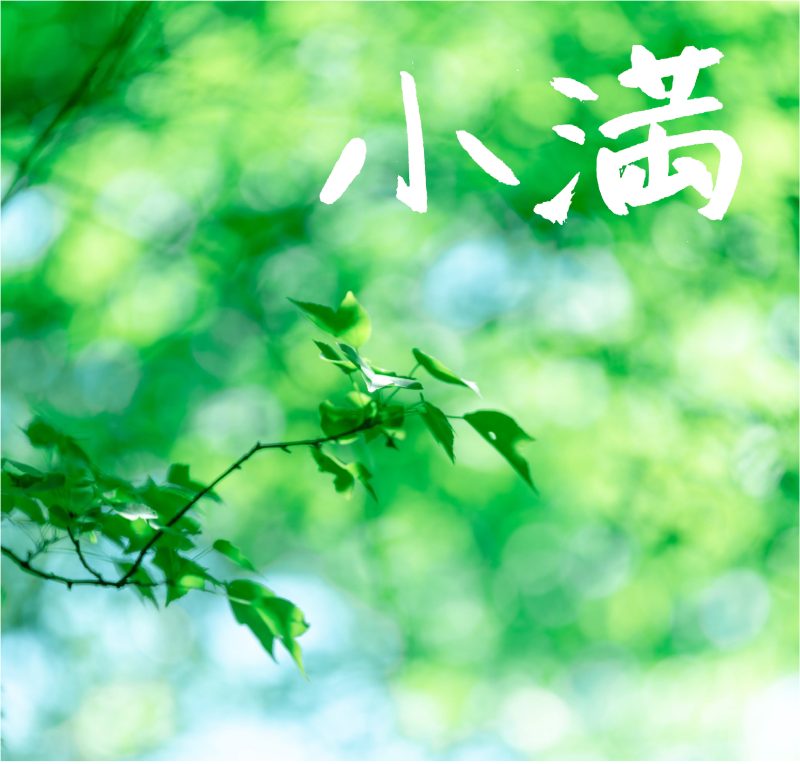
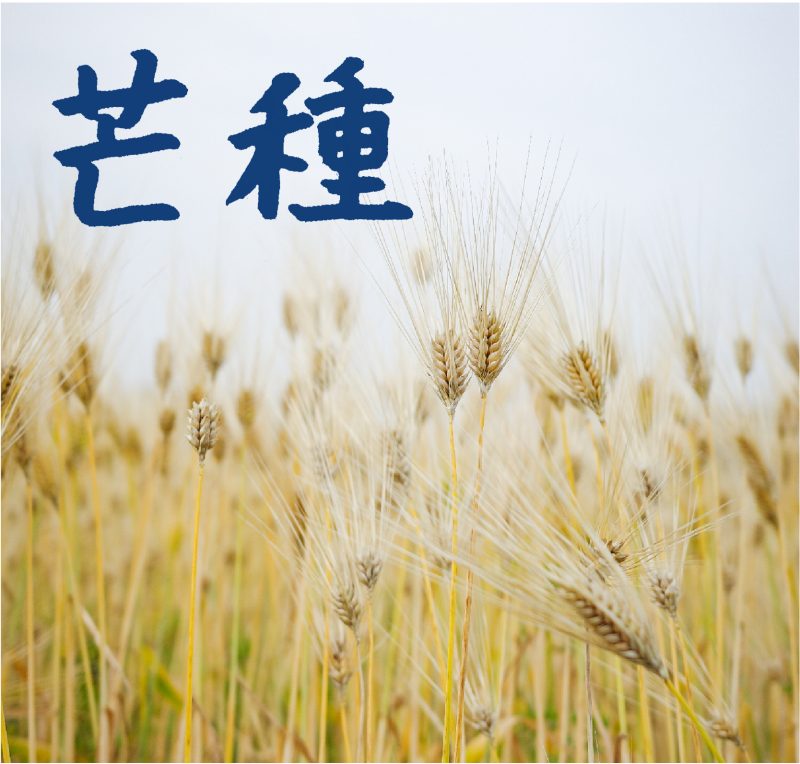
Boushu is called so because it is the season for sowing seeds of plants with ears, like rice and wheat. Although rice planting starts a bit earlier nowadays, it used to begin around this time in the past. Nationwide, festivals are held to pray for a good harvest.
In Japan, it is believed that starting practice on June 6th at the age of six leads to improvement. Counting numbers sequentially with fingers on one hand, the shape made when counting to six with the little finger raised is interpreted as “raising a child,” leading to this belief.
Gradually, the sky becomes more filled with rain clouds, welcoming the rainy season. The term “Tsuyu” (rainy season) originated from the timing coinciding with the ripening of plums, hence it is called “the rain when plums ripen.”
Known as the day with the longest daylight and shortest night of the year, it is believed that the power of the sun is at its strongest on this day, leading to festivals and events being celebrated around the world. In the midst of the rainy season, blessed with the rain of grace, rice grows vigorously. The hydrangea, blooming beautifully even when wet from the rain, is actually native to Japan. Such flowers, blooming beautifully in the rain, are affectionately called “rainy flowers” and have been cherished. Nationwide, there are many such flowers, including Kikyo (bellflower) and violets, with local legends saying, “If you pick them, it will rain,” or “When they bloom, it will rain,” varying by region.
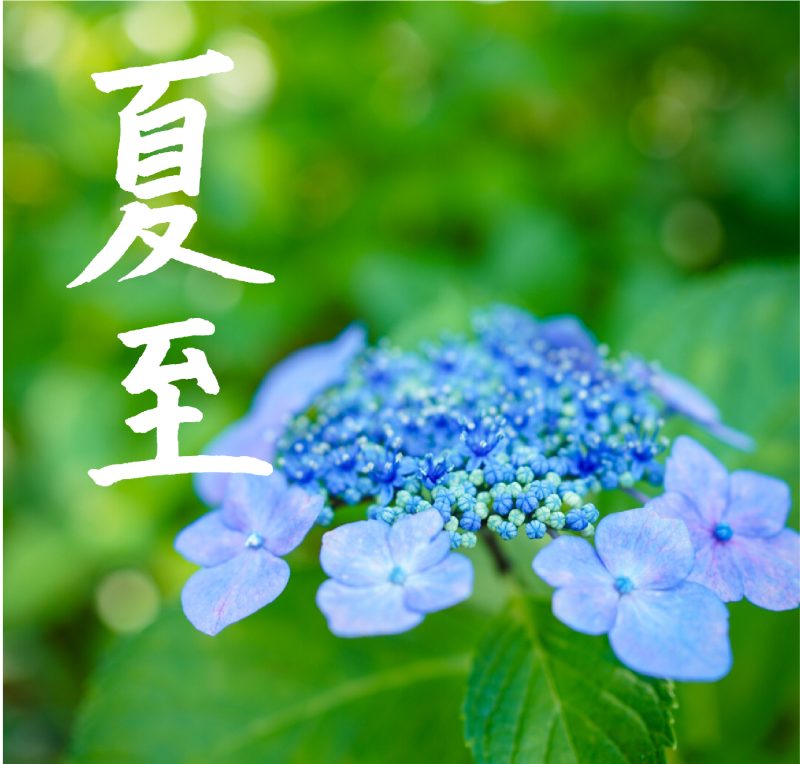
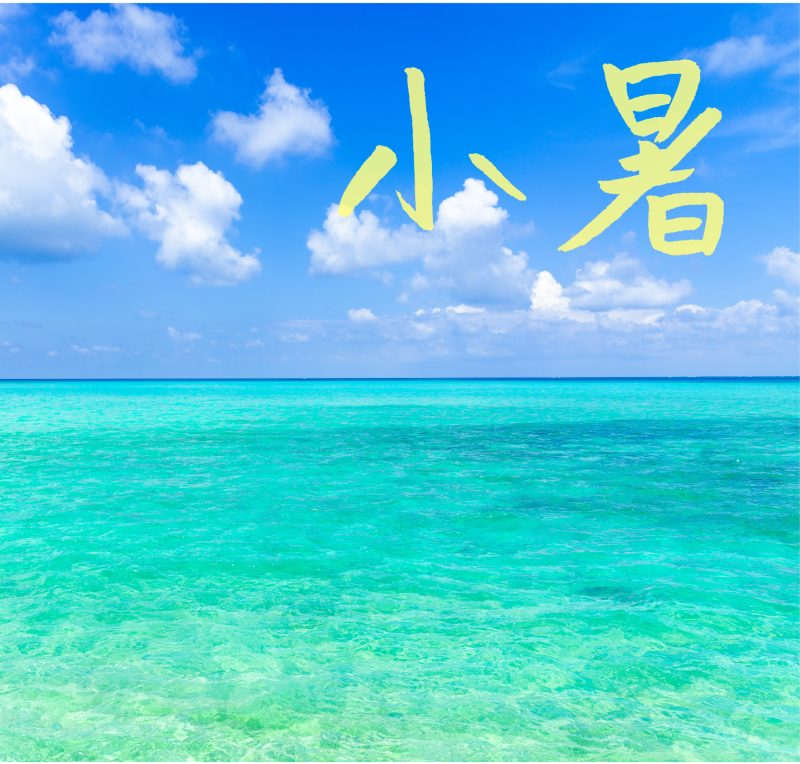
The period from now until the next calendar term, “Taisho,” is called “Shochu.” However, there are various opinions about the exact timing for sending “Shochu Mimai” (midsummer greetings)… Officially, it ranges from Taisho to Risshu (the start of autumn), among others. Around this time, signs of the end of the rainy season can be observed. This is also when lotus flowers begin to bloom. They bloom early in the morning and close around noon, making it difficult to catch them in full bloom… but seeing them can certainly refresh your mood.
It’s a period known for being “extremely hot,” but the peak of the heat is still a bit away. Even though it wasn’t as hot as it is in modern times, it was certainly hot during this period in the past as well. People in ancient times used various ingenious methods to feel cooler, such as hanging wind chimes at the eaves, placing reed screens against the strong sunlight, and floating boats on rivers at night to catch the breeze. Events like giving ice to the animals at zoos, known as “Uchimizu,” are often held around the “Taisho” period. Originally, “Uchimizu” was performed to purify the paths of deities, but during the Edo period, it became a practice for cooling down.
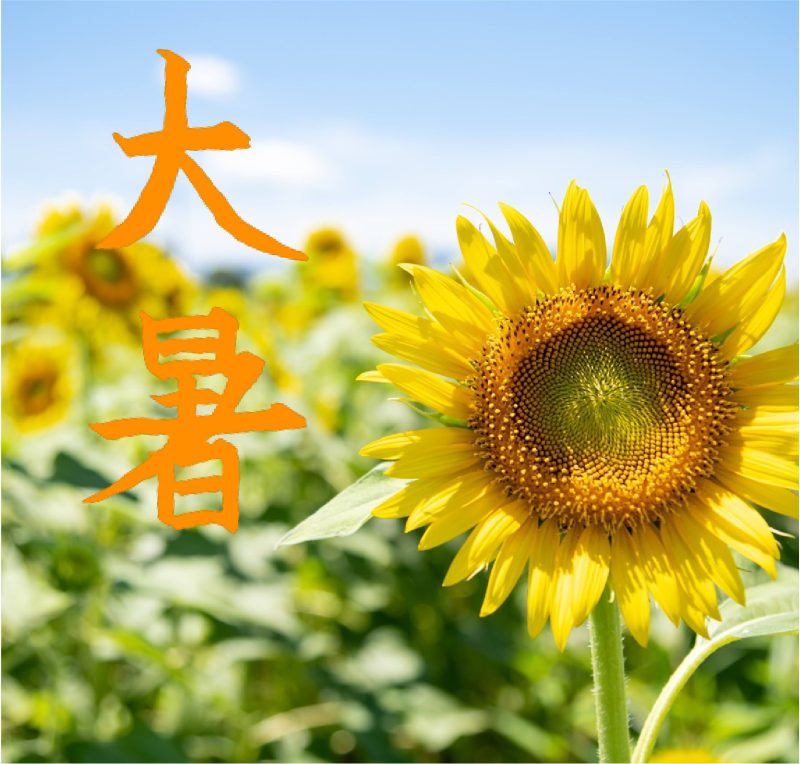

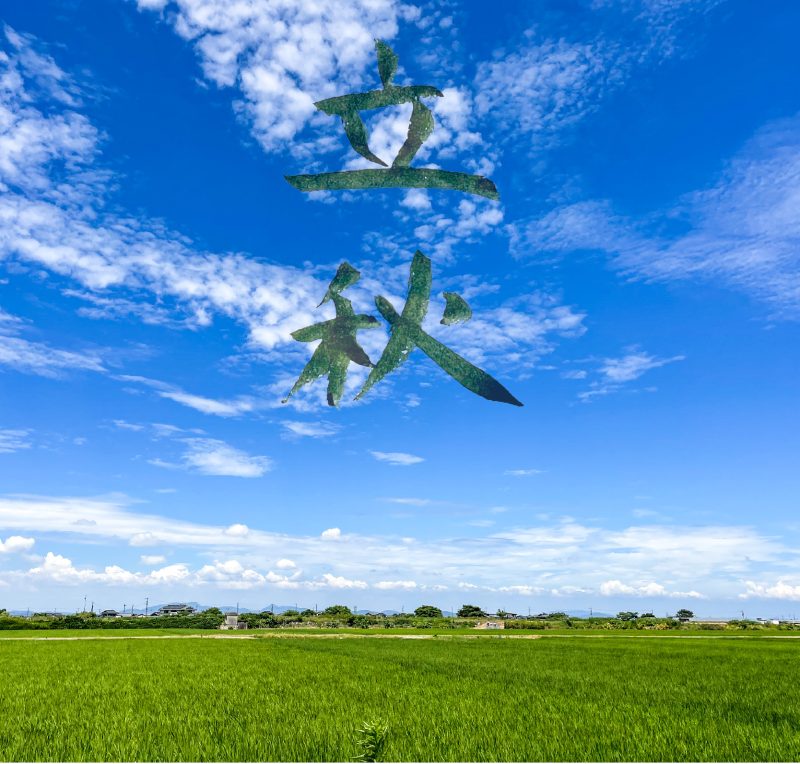
While it’s still very hot during the day, the breeze in the morning and evening starts to carry a hint of coolness. This is the time when cicadas begin to sing in the evenings. Looking up at the sky, you might see cumulonimbus clouds, typical of summer, standing out, but also clouds like cirrocumulus that suggest the approach of autumn. Such skies are referred to as “Yukiai no Sora” (meeting skies). There’s also a phrase for this time: “Yama Shitataru,” which describes the lush greenery of the trees, so rich that it seems to drip with verdure.
The character “処” conveys the meaning of settling down, indicating a time when the heat finally eases, and the hint of autumn can be felt in the mornings and evenings. The days visibly shorten, making one feel closer to autumn. Crops begin to ripen, but it’s also the season for typhoons, so farmers cannot let their guard down yet. Festivals to calm the winds are held in various places. On August 23 and 24, there is an event called “Jizo Bon.” It’s a day to express gratitude to Jizo-sama for daily blessings, celebrate the local Jizo statues, and pray for the healthy growth of children.
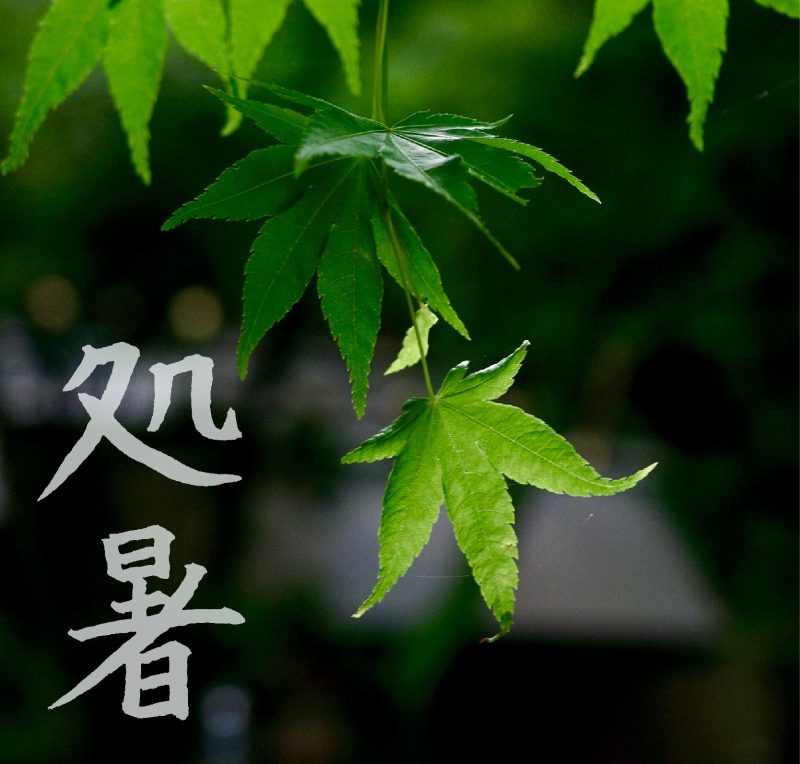
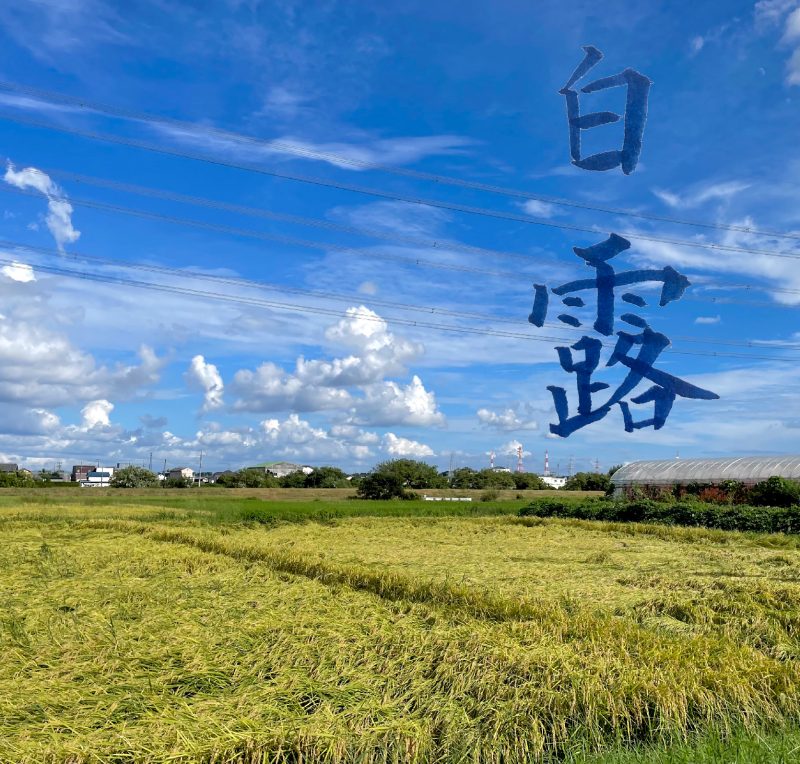
As the sun moves further away, the sky appears higher, signaling the arrival of true autumn. The lingering heat settles down, and the significant difference in temperature between day and night causes dew to form in the mornings and evenings. Swallows that arrived in Japan in spring also start their journey back to warmer southern regions. A major event during this time is the “Mid-Autumn Full Moon.” This tradition involves moon viewing on the night of the 15th day of the eighth lunar month. Since this date also coincided with the sweet potato harvest, regions that successfully harvested their crops would offer sweet potatoes as a token of gratitude, leading to the term “Imo Meigetsu” (Potato Harvest Moon).
This is the time when the sun rises due east and sets due west, making the length of day and night almost equal. After the Autumn Equinox, the nights become longer, a period beautifully captured by the phrase “autumn nights grow long.” Spider lilies seen here and there have different names depending on the region, with over a thousand names! An interesting one is “kitsune no chouchin” (fox’s lantern). It’s said that foxes use these flowers as lanterns to light their way at night. Indeed, spider lilies are also mentioned in the story of Gon, the fox, highlighting their evocative presence in literature.
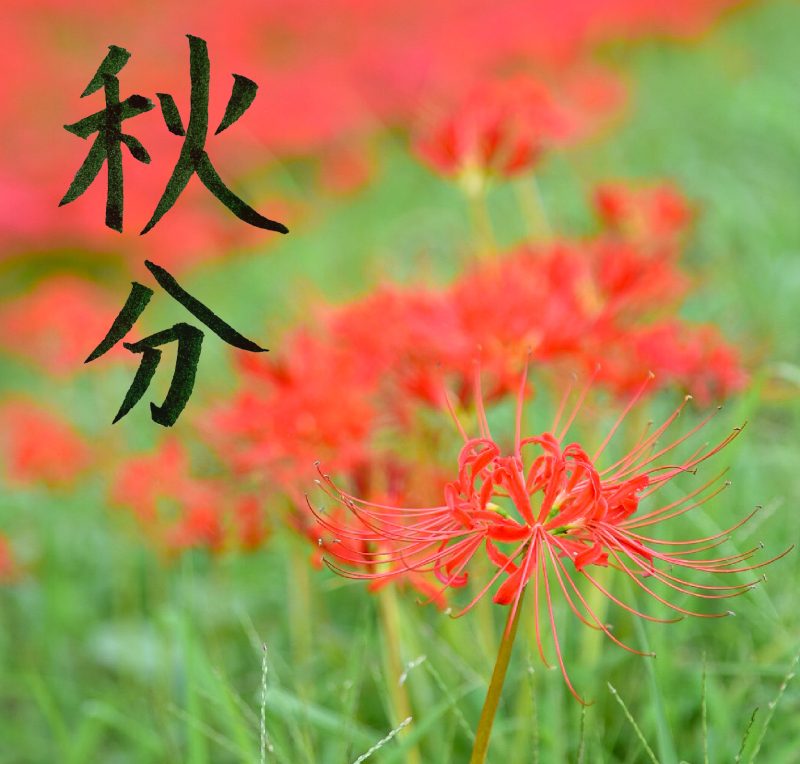
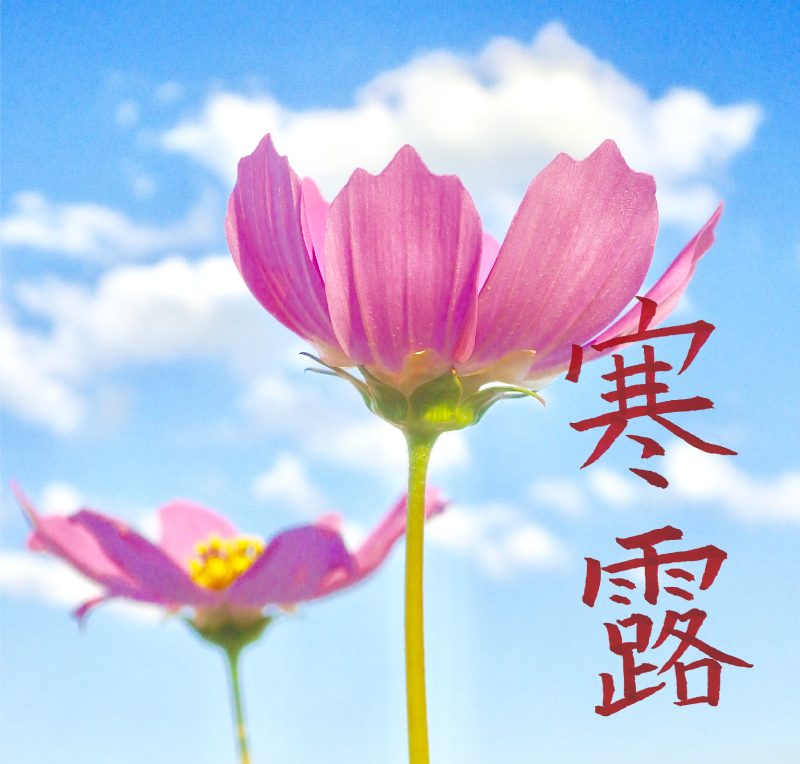
Dew forms on the grass, cold to the touch, and the long autumn rains come to a pause. The chill of morning and evening intensifies. From this time, the leaves begin to change color, and day by day, autumn deepens. The way the mountains become vividly colored with autumn leaves is called “Yama Yosooi” (mountain dressing up). It follows “Yama Warau” (mountain laughing) in spring and “Yama Shitataru” (mountain dripping) in summer, as words expressing the seasons of the mountains. The weather is often good, making the daytime comfortable. Summer birds like swallows migrate south, and winter birds such as geese arrive in Japan.
Autumn deepens further, and the chill of the mornings and evenings intensifies, leading to the appearance of morning frost. Unlike the “Kanro” (Cold Dew) phase, where dew did not freeze, now it starts to freeze. The coloring of the trees also intensifies, and this change in color is said to be due to the difference in temperature between morning and evening. As a guideline, it is said that the autumn leaves begin to turn when the morning temperature falls below 10 degrees Celsius.
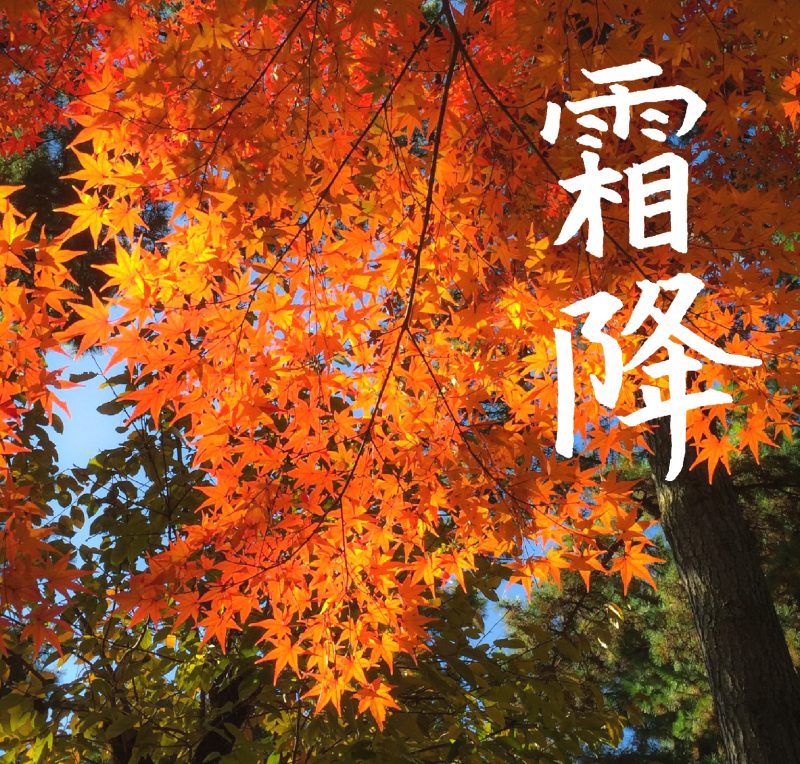

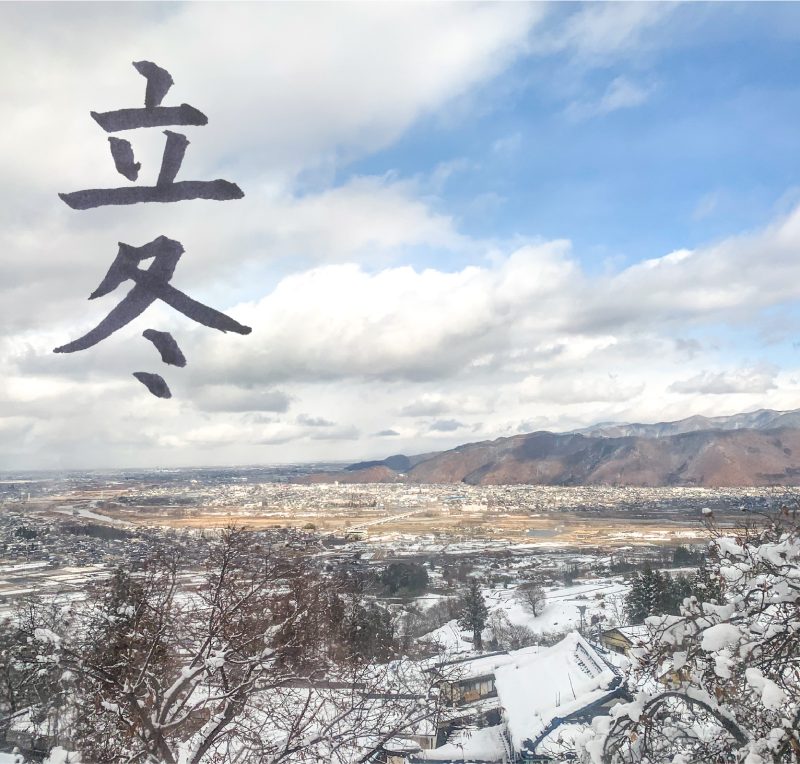
The beginning of winter. Along with Risshun (the start of spring), Rikka (the start of summer), and Risshuu (the start of autumn), it marks a major seasonal milestone. During this period, in cold regions, “shimobashira” (frost pillars) can be observed. Frost pillars are columns of ice on the ground surface that crunch underfoot, evoking the arrival of winter. However, with the increase in paved roads in recent years, they have become less common.
The rain at this time is called “shigure,” which brings increasing cold with each shower, step by step drawing closer to winter. The sunlight gradually weakens, the cold wind known as “kogarashi” begins to blow, and the chill of winter is felt more keenly. Kogarashi, as the characters suggest, is a wind that “withers trees,” a strong and cold wind.
This means the time when snow begins to fall. There’s a phrase for this season: “Kono ha wa shigure,” which originally refers to the intermittent rain that falls from late autumn to early winter. However, “Kono ha wa shigure” likens the scattering of leaves to the shigure rain. This period, corresponding to October in the lunar calendar, was sometimes called “Koharu” due to the climate and weather being similar to spring. The warm, sunny days during this time are referred to as “Koharu-biyori,” connecting it with the pleasant weather before the onset of full-blown winter, making one truly feel the season’s charm.
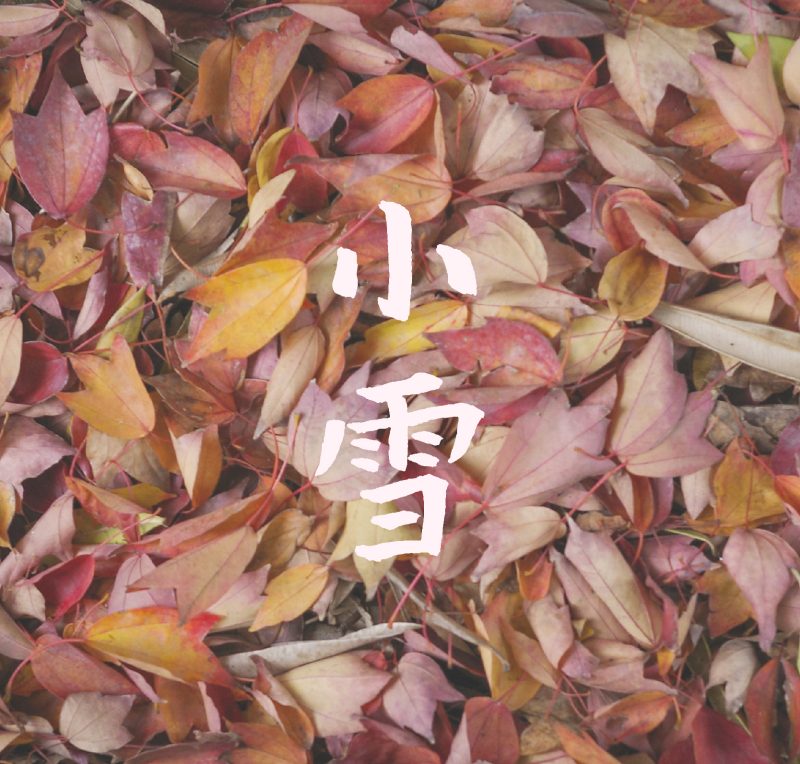
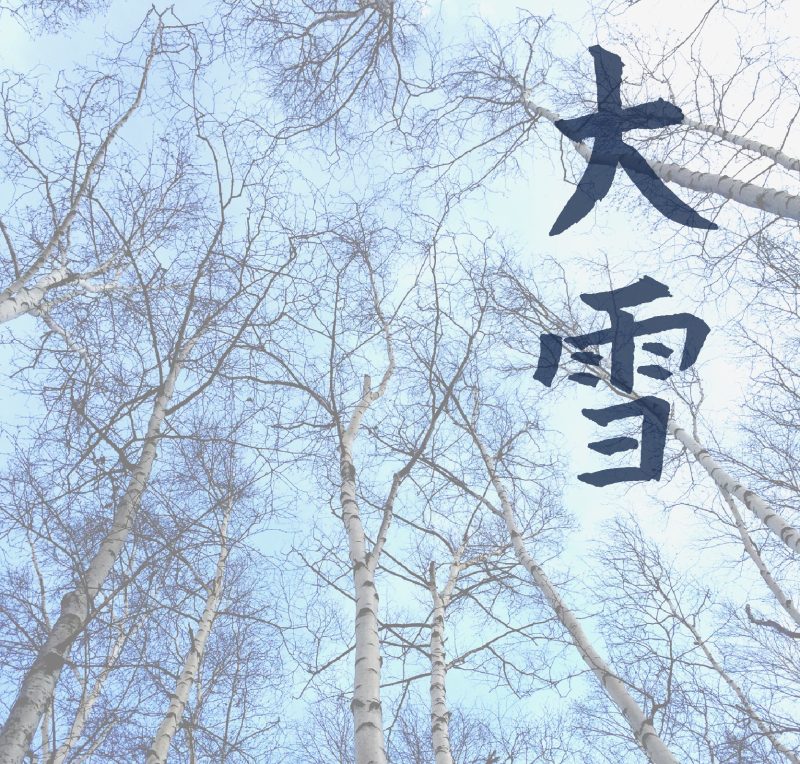
This is the time when a lot of snow falls. The mountainsides turn white, marking the arrival of full-blown winter, and the cold intensifies. Every year on December 13th, there is “Shougatsu Kotohajime,” the day to start preparing for the New Year. This includes gathering firewood and temples performing “susuharai,” or cleaning with straw, gradually progressing with preparations. This “susuharai” is said to be the origin of the big year-end cleaning. Animals in the mountains start to hibernate around this time, entering winter dormancy until “Keichitsu” in February. As the winter solstice approaches, the daylight hours shorten, and the vitality of all living beings, including humans, decreases during this period.
This is the time of year with the shortest daylight hours, marking the point from which the days gradually start to lengthen. This is thought of as the “revival of the sun’s power,” which had been waning, referred to as “Ichiyō Raifuku,” meaning “the return of the sun” and symbolizing a movement towards happiness. Yuzu is considered symbolic of the sun, believed to replenish the weakened energy of the sun. Bathing in yuzu bath and the scent of yuzu are thought to dispel evil spirits. Additionally, foods like pumpkin (“nankin”), lotus root (“renkon”), and carrots (“ninjin”), which contain the character “n” twice, are believed to bring luck. These traditions are packed with the wisdom of our ancestors, preparing to overcome the harsh cold to come.
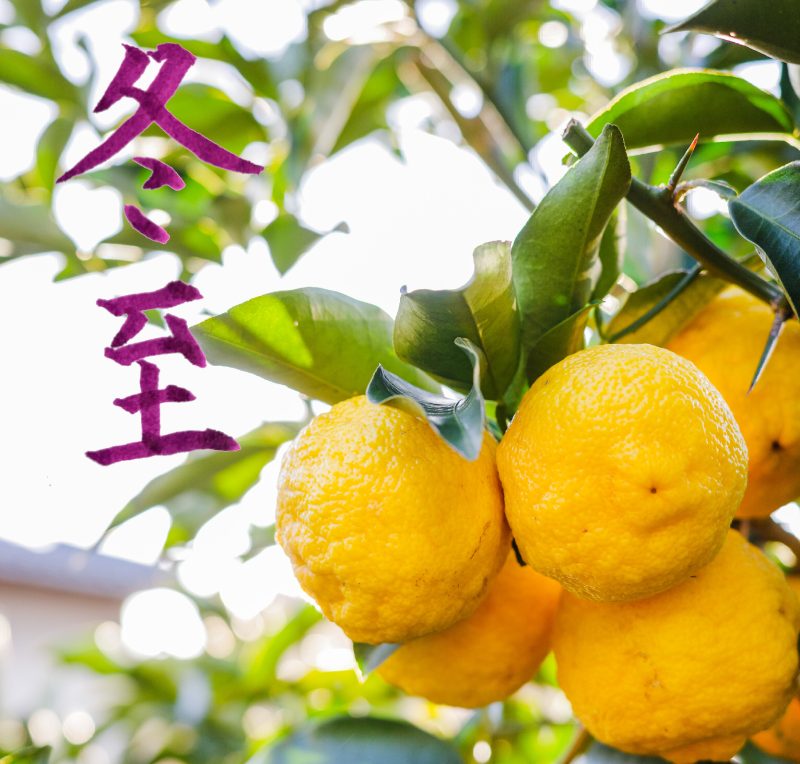
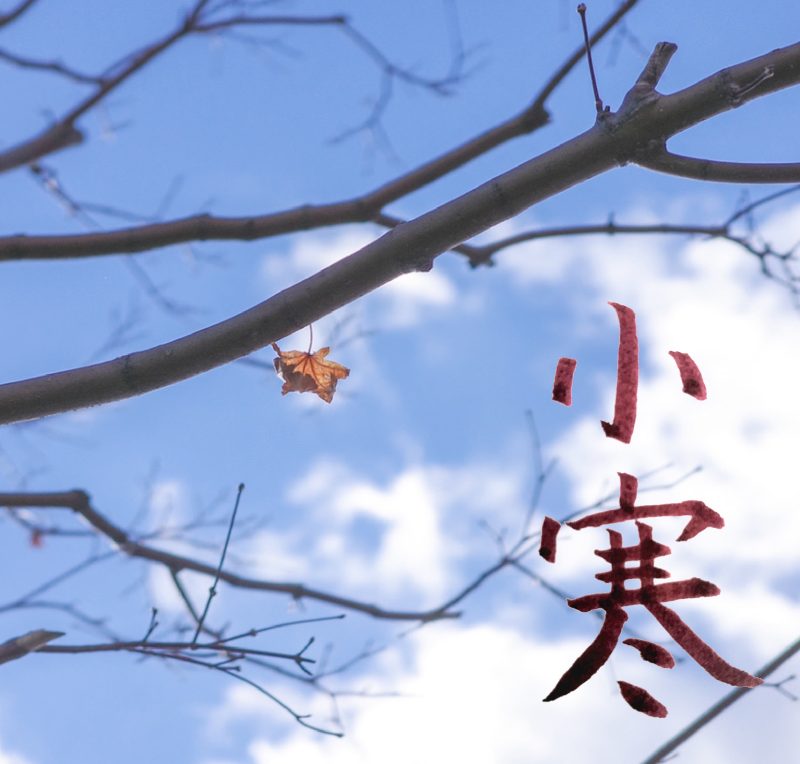
This period is known as the “start of cold,” and the time from “Shokan” (Minor Cold) to “Setsubun” is called “Kan no Uchi,” when the cold becomes truly severe, marking the height of winter. An event of this time is “Kagami Biraki.” On January 11th, the kagami mochi offered to the year deity is broken and eaten in dishes like “Zoni” soup. The Japanese believe that words harbor souls and that spoken words become reality. Hence, to avoid words with bad omen, instead of saying “Kagami Wari” (breaking the mirror), it is called “Kagami Biraki” (opening the mirror). Also, since kagami mochi is considered sacred, it is tradition not to cut it with a knife but to break it with a wooden mallet.
Winter’s fury is unleashed at its strongest! It’s the coldest time of the year. Practicing in the early mornings or nights during this coldest season is called “Kangeiko.” Besides the art itself, practicing during this period also aims to strengthen the spirit to not be defeated by the cold.
In the seventy-two microseasons, this time is marked by “fuki no hana saku” (the blossoming of butterbur flowers). The early spring herald, “Fuki no Tou,” begins to poke its face out from under the snow.
